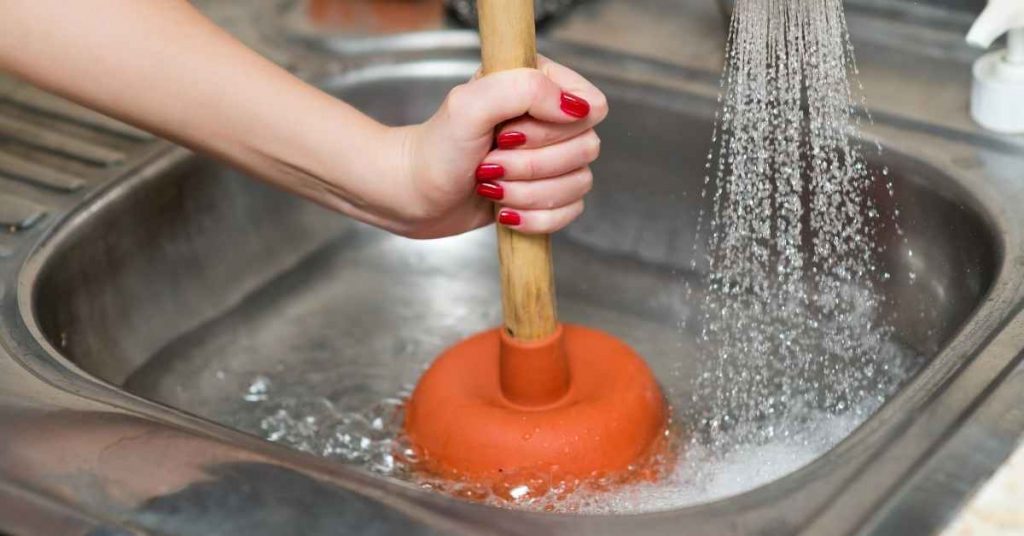Plunging a kitchen sink can be a daunting task, especially if you've never done it before. You may have heard mixed opinions about whether or not it's okay to plunge a kitchen sink, but the truth is that it can be an effective solution for certain types of clogs. Let's take a closer look at the process of plunging a kitchen sink and when it's appropriate to use this method.Is it Okay to Plunge a Kitchen Sink?
The first step in plunging a kitchen sink is to make sure you have the right tools. You'll need a plunger, preferably one with a flat, rubber bottom. Begin by filling the sink with enough water to cover the rubber part of the plunger. This will create a seal and help to dislodge the clog. Next, place the plunger over the drain and push down gently, then pull up quickly. Repeat this motion several times until the clog is cleared.How to Plunge a Kitchen Sink
Plunging a kitchen sink is most effective for minor clogs caused by food particles, grease, or soap scum. If you have a more serious clog, such as a blockage in the pipes, plunging may not be enough to clear it. In this case, you may need to use a snake or call a professional plumber. Additionally, if your sink has a garbage disposal, plunging may not be the best option as it can damage the disposal unit.When to Plunge a Kitchen Sink
If your kitchen sink is clogged, plunging is often the first method to try. As mentioned earlier, make sure to fill the sink with water before plunging to create a seal. You can also add a small amount of dish soap to the water to help break up the clog. If you're having trouble getting a good seal with the plunger, you can try using petroleum jelly around the rim of the plunger to create a better suction.Plunging a Clogged Kitchen Sink
If you have a double kitchen sink, you may need to plug one side while plunging the other to create enough pressure to dislodge the clog. Alternatively, you can try plunging both sides at the same time, but this may require a second person to help with the process. Keep in mind that if one side is clogged, it's possible that the other side may also have a minor clog that could benefit from plunging.Plunging a Double Kitchen Sink
If your kitchen sink has a garbage disposal, you may be wondering if you can still use a plunger. It's generally not recommended to plunge a sink with a garbage disposal as the force of the plunger can damage the disposal unit. It's best to use a snake or call a professional plumber in this situation.Plunging a Kitchen Sink with a Garbage Disposal
If your kitchen sink is already filled with standing water, plunging may not be as effective. The standing water can create a barrier between the plunger and the clog, making it difficult to create a seal. In this case, it's best to use a snake to break up the clog or call a professional plumber.Plunging a Kitchen Sink with Standing Water
If plunging doesn't work, or if your kitchen sink has a more serious clog, using a snake may be necessary. A snake, also known as a plumbing auger, is a long, flexible tool that can reach deep into the pipes to break up and remove clogs. You can purchase a snake at most hardware stores, or you can call a professional plumber to handle the job.Plunging a Kitchen Sink with a Snake
If you prefer to use natural methods to unclog your kitchen sink, you can try using a combination of baking soda and vinegar. First, pour a pot of boiling water down the drain to help loosen any debris. Then, pour half a cup of baking soda down the drain, followed by a cup of vinegar. Let the mixture sit for 15 minutes, then flush it with hot water. This may help to break up minor clogs and keep your sink smelling fresh.Plunging a Kitchen Sink with Baking Soda and Vinegar
In conclusion, plunging a kitchen sink can be a safe and effective method for clearing minor clogs caused by food particles, grease, or soap scum. However, it's important to know when plunging is appropriate and when it's best to use other methods or call a professional plumber. With the right tools and techniques, you can keep your kitchen sink running smoothly and avoid costly repairs in the future. So don't be afraid to give plunging a try the next time your sink gets clogged!Plunging a Kitchen Sink with a Plunger
Why Plunging Your Kitchen Sink May Not Always Be the Best Solution
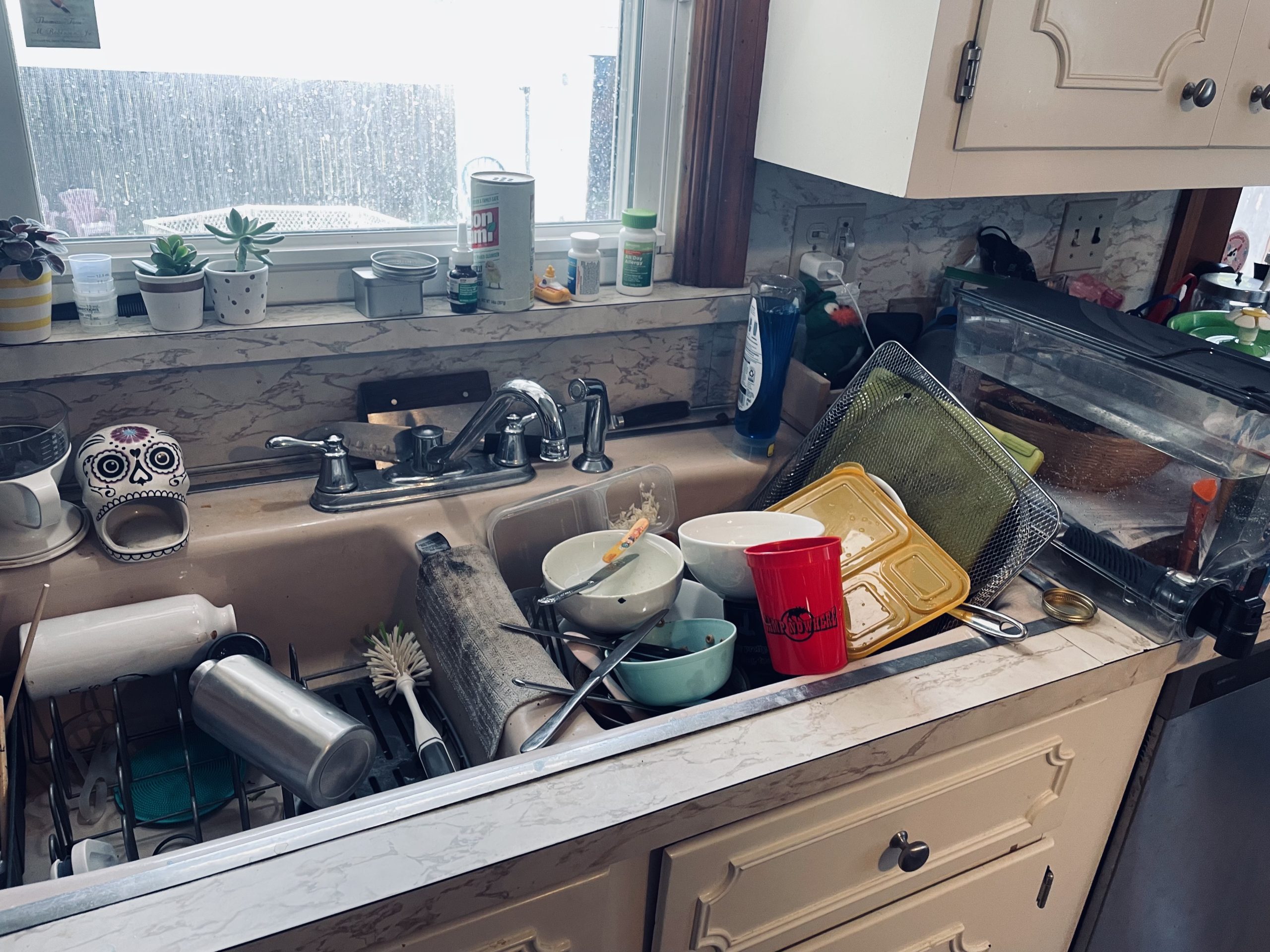
The Common Kitchen Sink Plunging Dilemma
 When faced with a clogged kitchen sink, many homeowners' first instinct is to reach for the trusty plunger. It's a simple and seemingly effective solution that we've all seen in movies and TV shows. However,
plunging a kitchen sink may not always be the best course of action
. While it may work in some cases, it can actually cause more harm than good in others.
When faced with a clogged kitchen sink, many homeowners' first instinct is to reach for the trusty plunger. It's a simple and seemingly effective solution that we've all seen in movies and TV shows. However,
plunging a kitchen sink may not always be the best course of action
. While it may work in some cases, it can actually cause more harm than good in others.
The Potential Risks of Plunging
 One of the main risks of plunging a kitchen sink is the potential damage it can cause to your pipes. When you use a plunger, you are creating a strong force of air and water that is forced down the drain. This force can actually push the clog further down the pipes, causing it to become even more difficult to remove. In some cases, the force may even cause the pipes to burst or crack, leading to costly repairs.
Another risk of plunging is the potential for splashback. If you have standing water in your sink, the force of plunging can cause the water to splash back onto you and your surroundings. This can not only be messy, but it can also be unsanitary if the water contains bacteria or food particles.
One of the main risks of plunging a kitchen sink is the potential damage it can cause to your pipes. When you use a plunger, you are creating a strong force of air and water that is forced down the drain. This force can actually push the clog further down the pipes, causing it to become even more difficult to remove. In some cases, the force may even cause the pipes to burst or crack, leading to costly repairs.
Another risk of plunging is the potential for splashback. If you have standing water in your sink, the force of plunging can cause the water to splash back onto you and your surroundings. This can not only be messy, but it can also be unsanitary if the water contains bacteria or food particles.
When Plunging May Be Appropriate
 While plunging may not always be the best solution, there are some situations where it may be appropriate. If you have a simple clog caused by food debris or hair, plunging may be able to dislodge the blockage and allow water to flow freely again. However,
if you have a more severe clog or one caused by non-organic materials, plunging may not be effective
.
While plunging may not always be the best solution, there are some situations where it may be appropriate. If you have a simple clog caused by food debris or hair, plunging may be able to dislodge the blockage and allow water to flow freely again. However,
if you have a more severe clog or one caused by non-organic materials, plunging may not be effective
.
Alternative Solutions for a Clogged Kitchen Sink
 If plunging is not the best solution for your clogged kitchen sink, there are other methods you can try. One option is to use a drain snake, which is a long, flexible tool that can reach deep into the pipes to remove the clog. Another option is to use a chemical drain cleaner, although this should be used with caution as it can be harsh on your pipes and may not be safe for the environment.
If plunging is not the best solution for your clogged kitchen sink, there are other methods you can try. One option is to use a drain snake, which is a long, flexible tool that can reach deep into the pipes to remove the clog. Another option is to use a chemical drain cleaner, although this should be used with caution as it can be harsh on your pipes and may not be safe for the environment.
Preventing Clogs in the First Place
 The best way to deal with a clogged kitchen sink is to prevent it from happening in the first place. Be mindful of what you put down your sink and use a drain cover to catch any debris. Regularly cleaning your sink and using a natural drain cleaner can also help to prevent clogs.
In conclusion, while plunging may seem like a quick and easy solution for a clogged kitchen sink, it is not always the best course of action. Consider the potential risks and alternative solutions before reaching for your plunger. And remember, prevention is always the best solution when it comes to clogs.
The best way to deal with a clogged kitchen sink is to prevent it from happening in the first place. Be mindful of what you put down your sink and use a drain cover to catch any debris. Regularly cleaning your sink and using a natural drain cleaner can also help to prevent clogs.
In conclusion, while plunging may seem like a quick and easy solution for a clogged kitchen sink, it is not always the best course of action. Consider the potential risks and alternative solutions before reaching for your plunger. And remember, prevention is always the best solution when it comes to clogs.

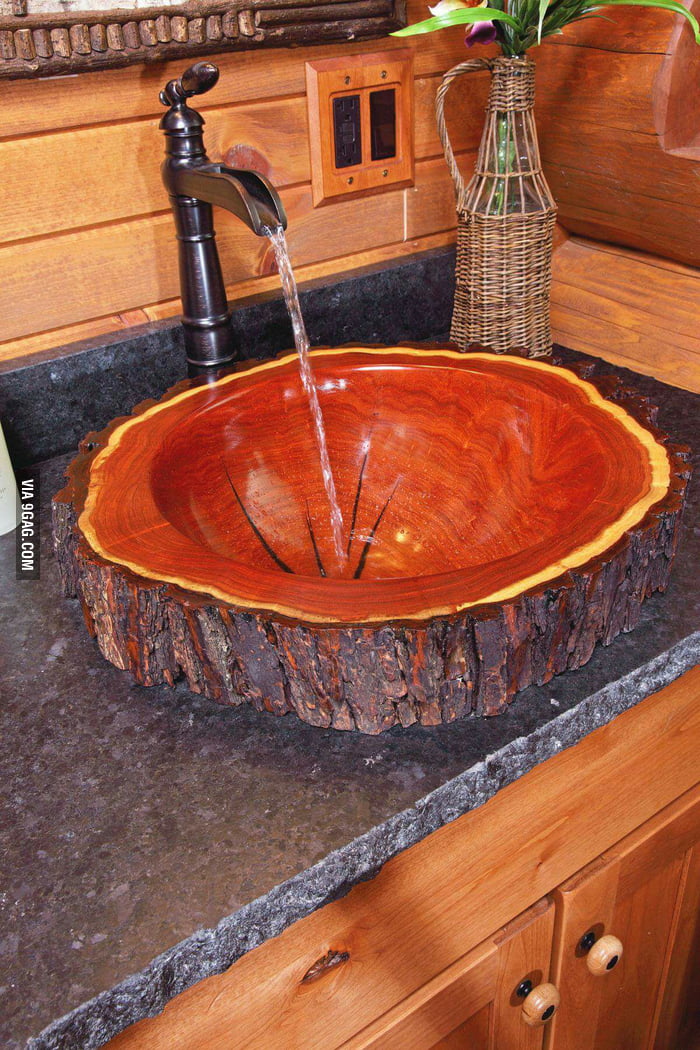










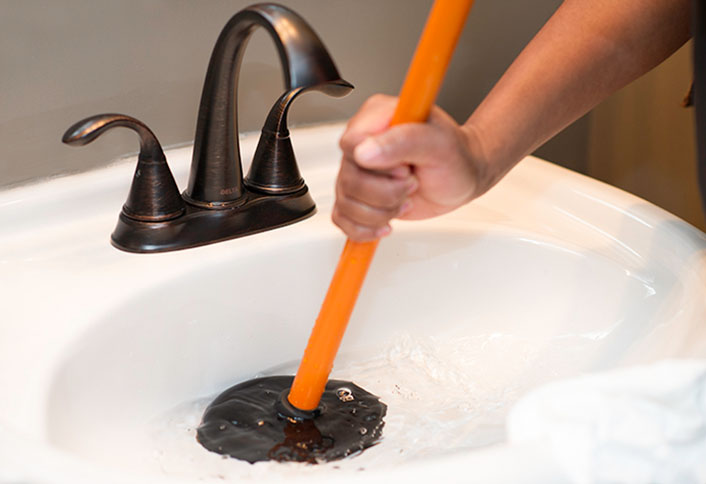




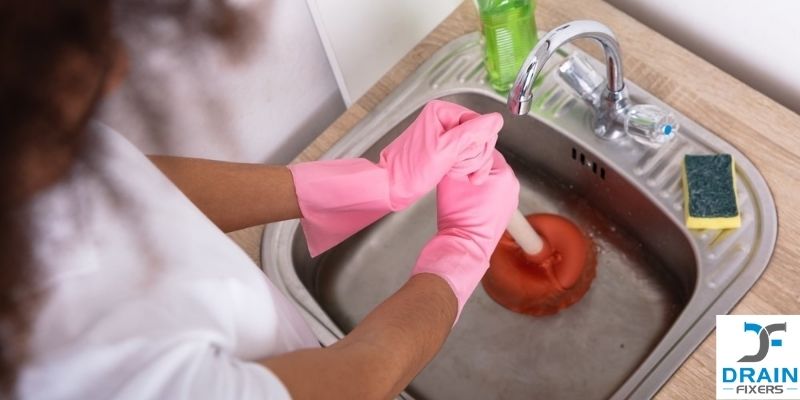






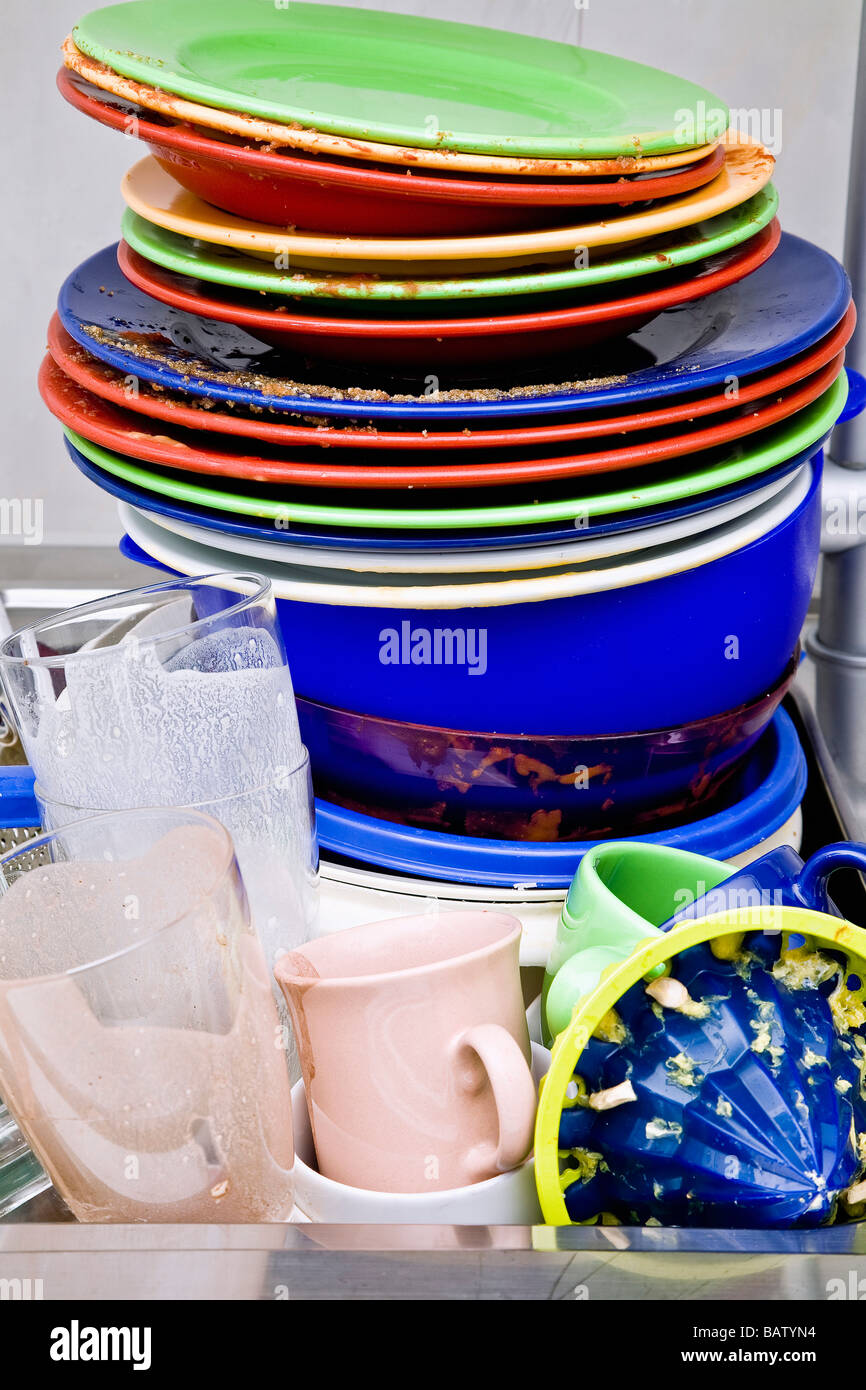

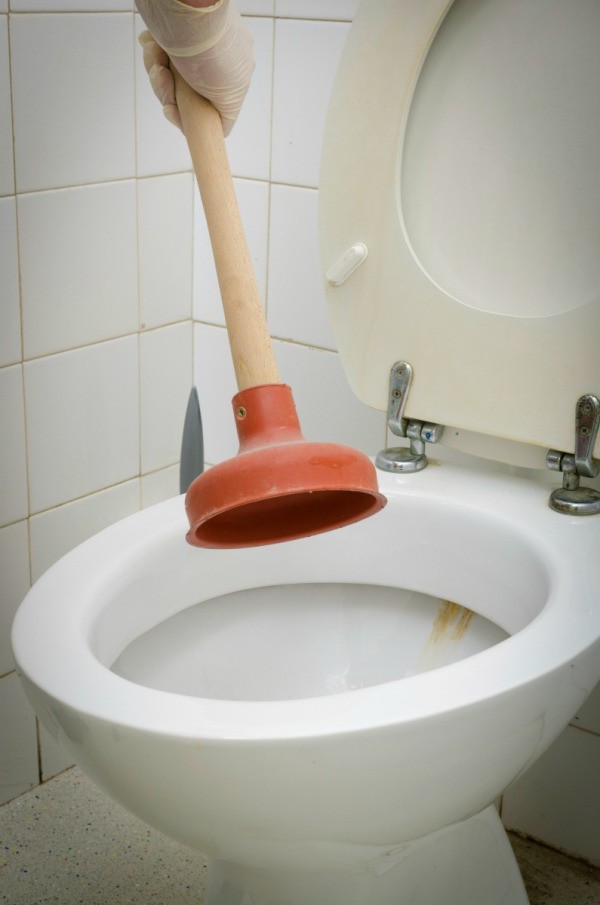
:max_bytes(150000):strip_icc()/plumber-unclogging-kitchen-sink-169270382-5810e7bb5f9b58564c5dd92b.jpg)








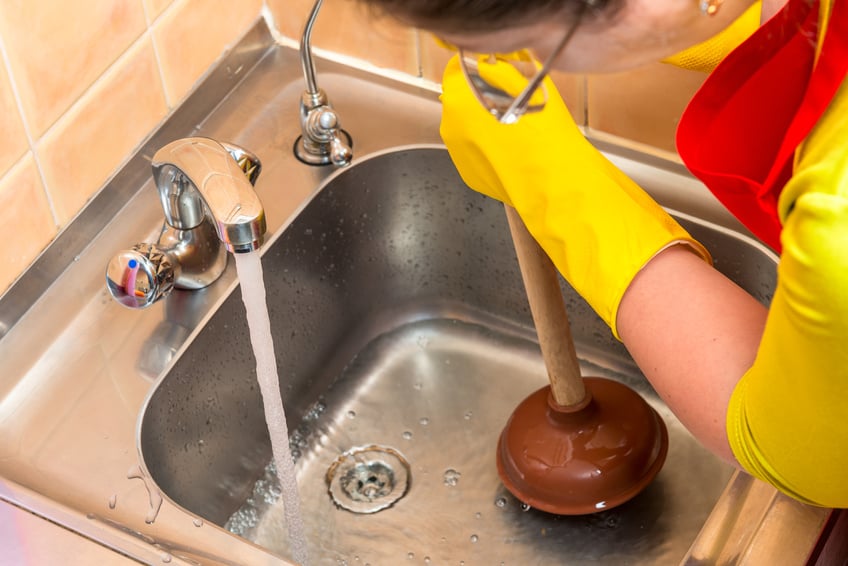











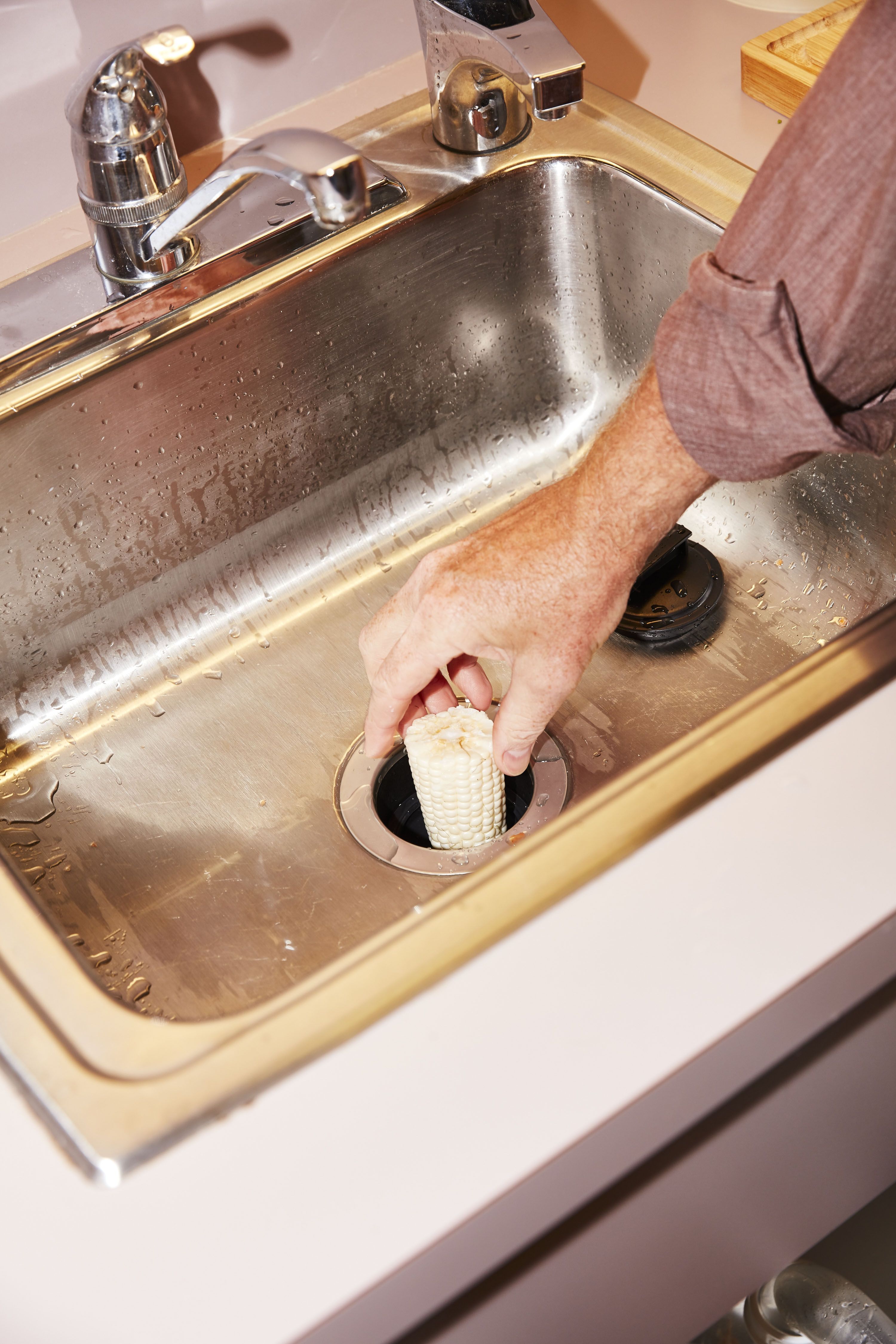

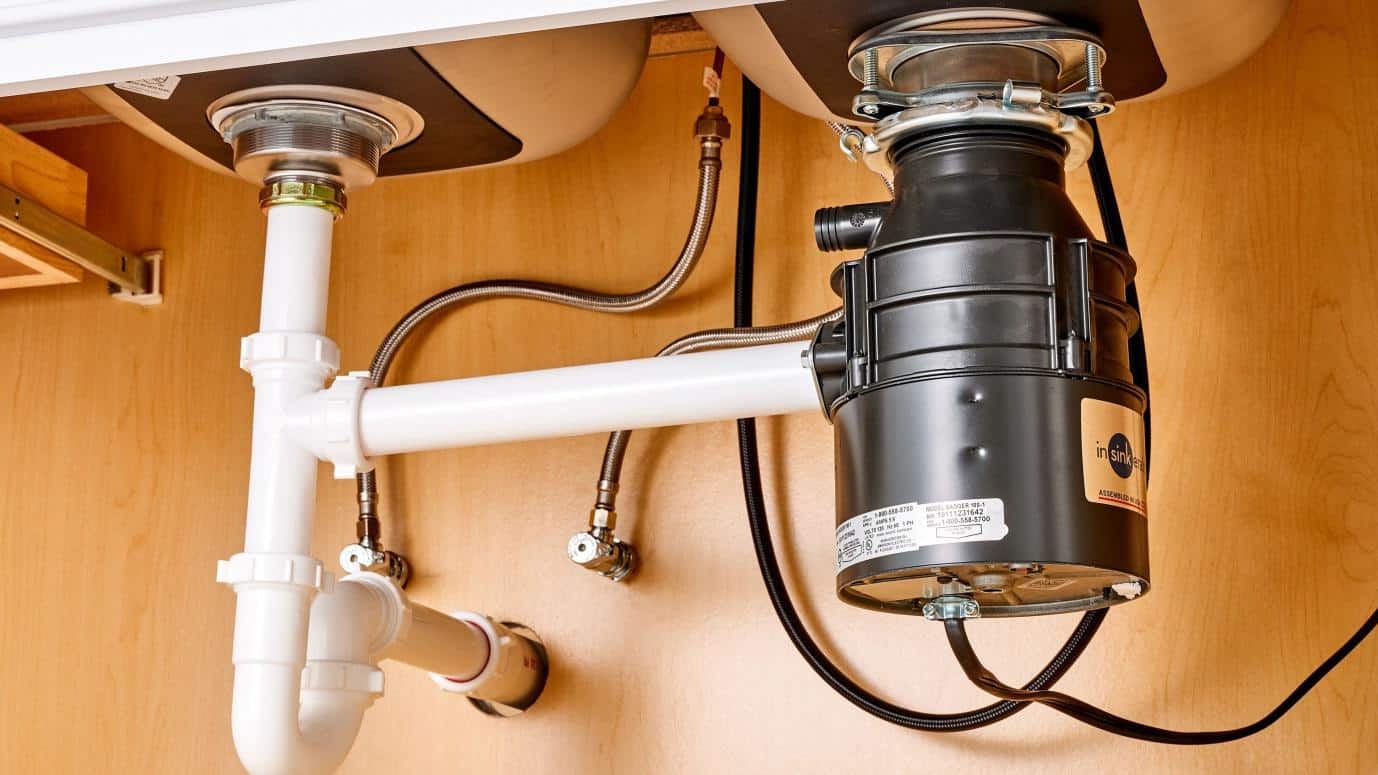

:max_bytes(150000):strip_icc()/garbage-disposal-installation-1824830-hero-1dcd7b5b05d44a2cb367e31692500c8c.jpg)



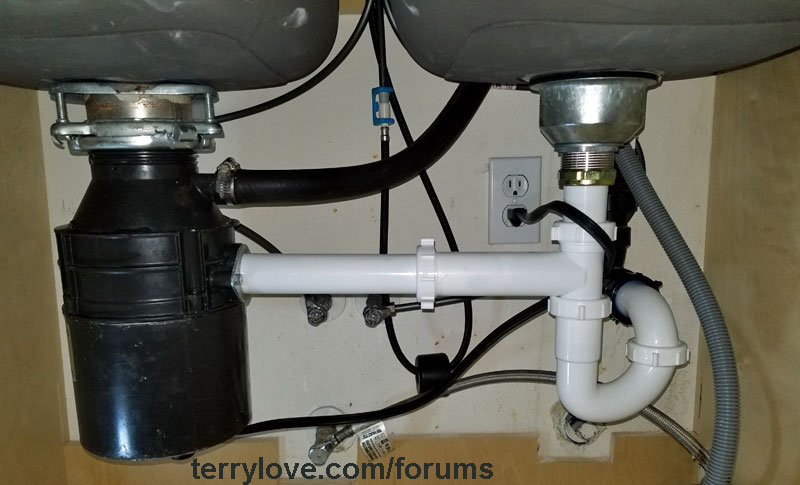








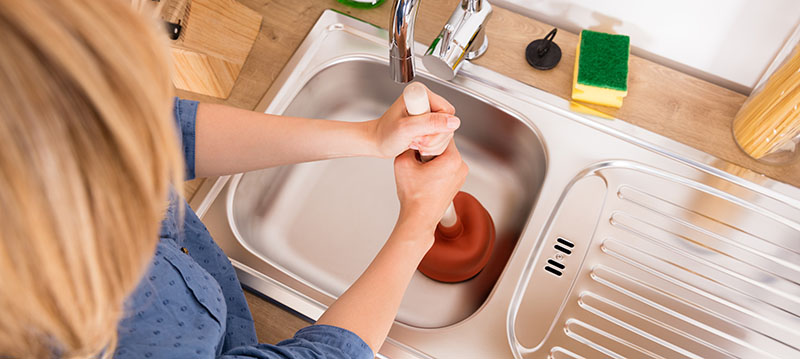



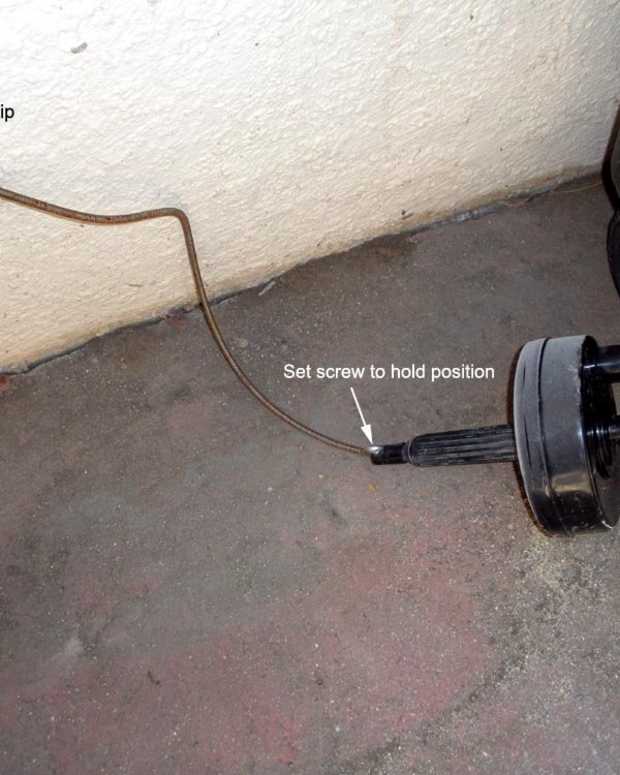



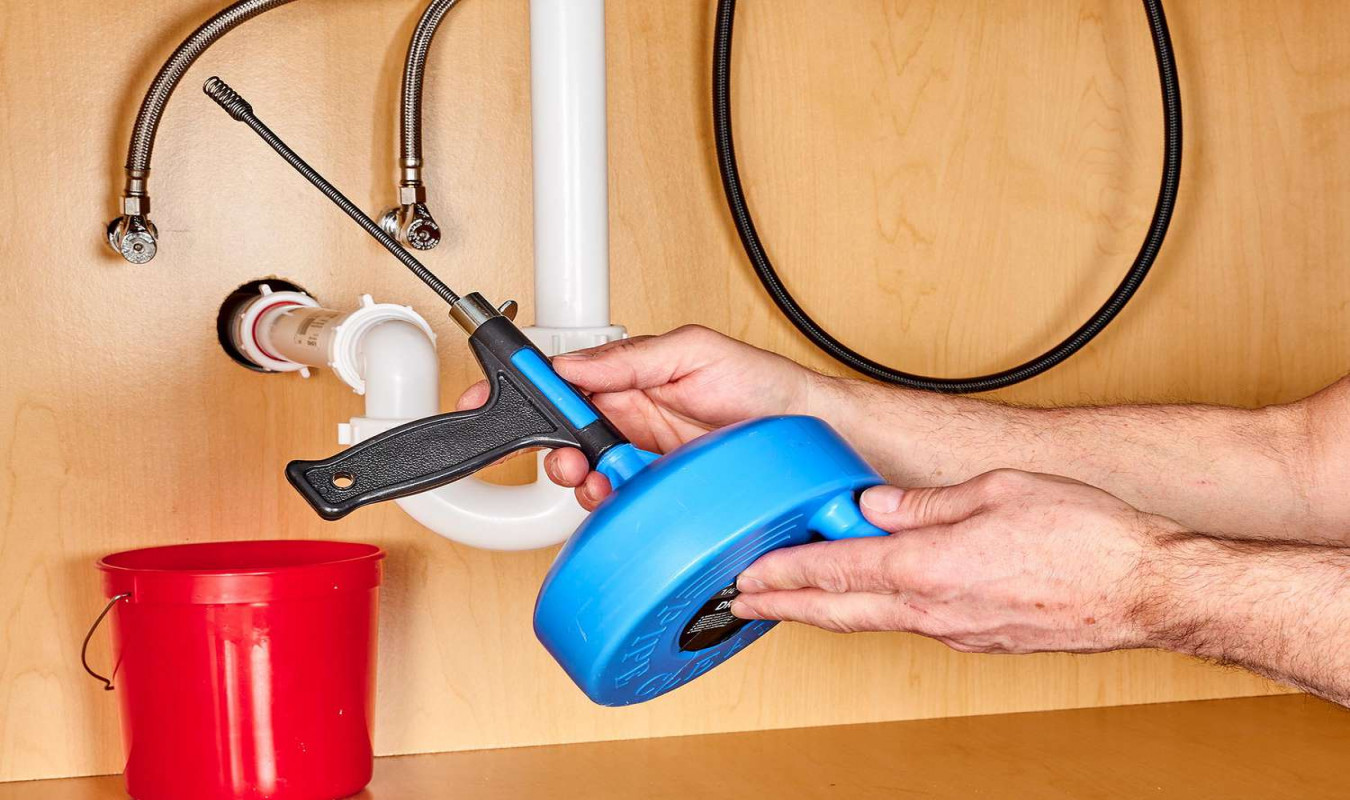




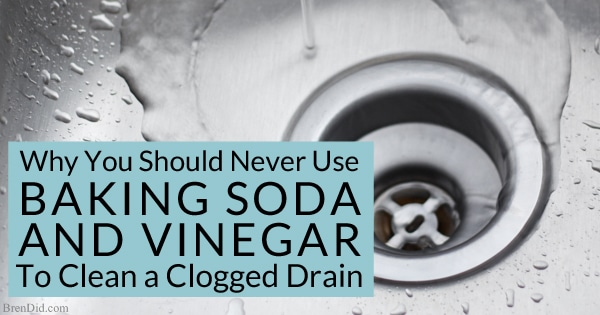

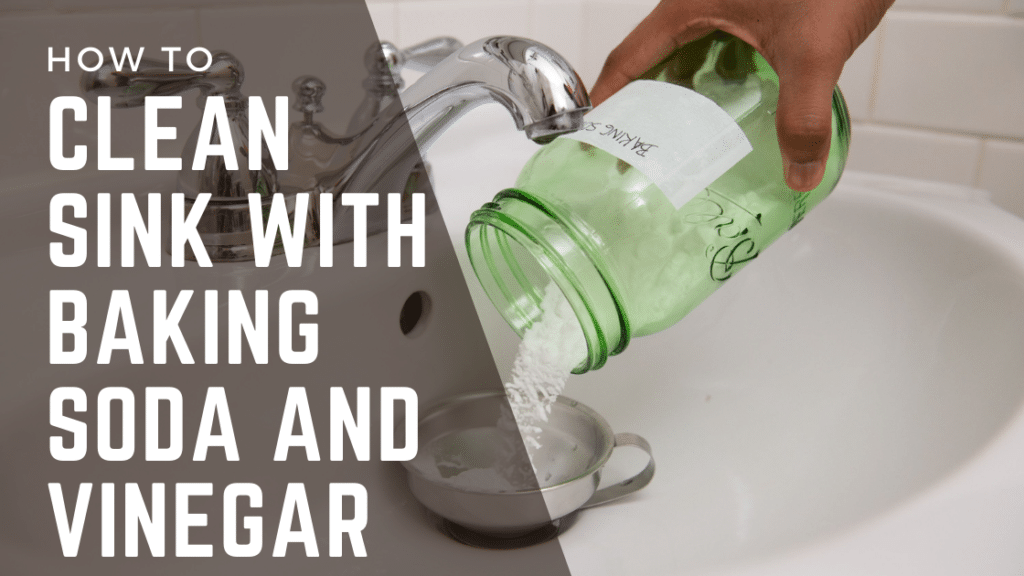
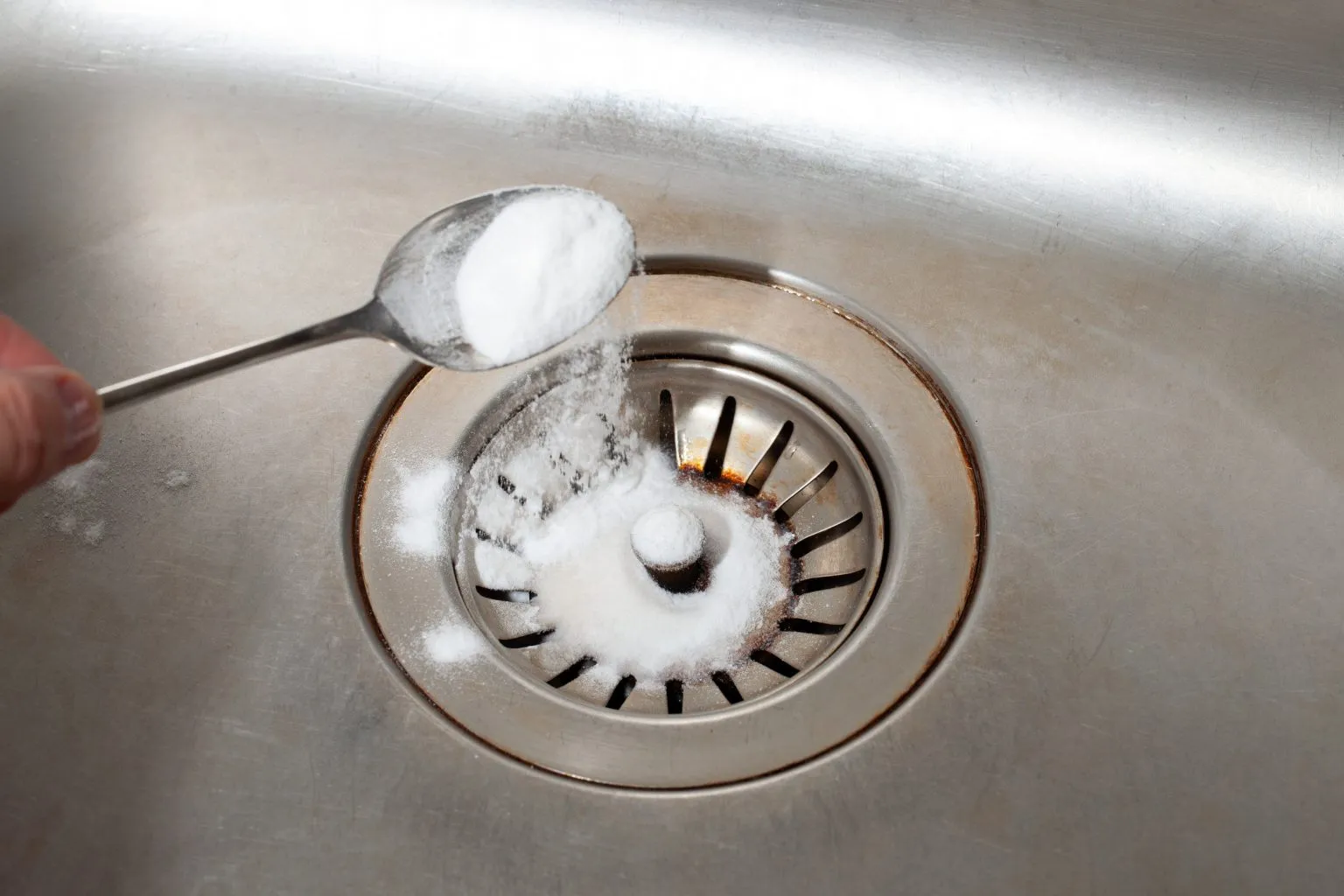

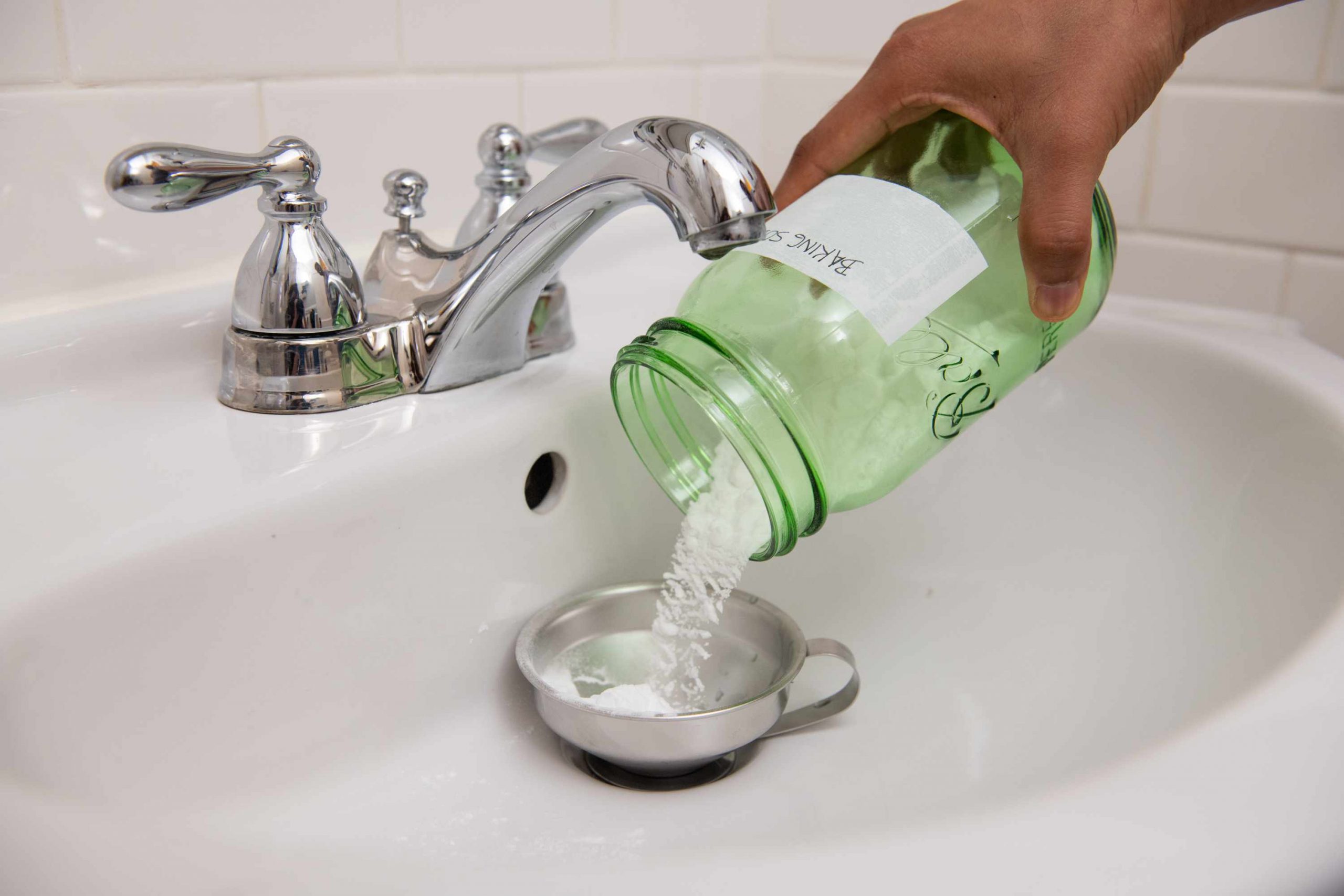
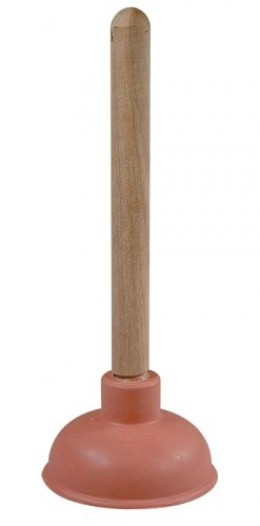

/woman-wearing-yellow-washing-up-gloves-to-unblock-sink-using-plunger-close-up-131987463-5887cfc03df78c2ccd92ec9e.jpg)



